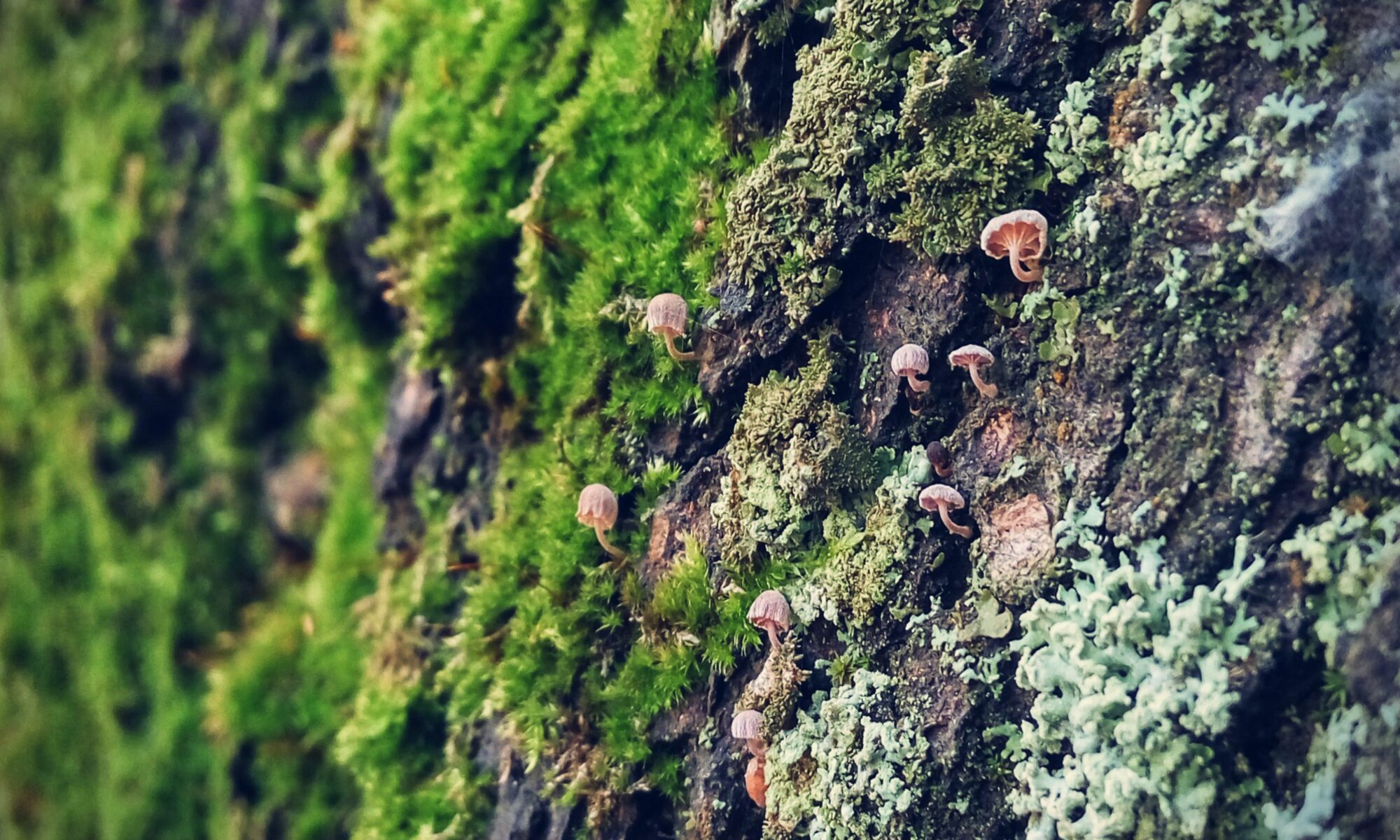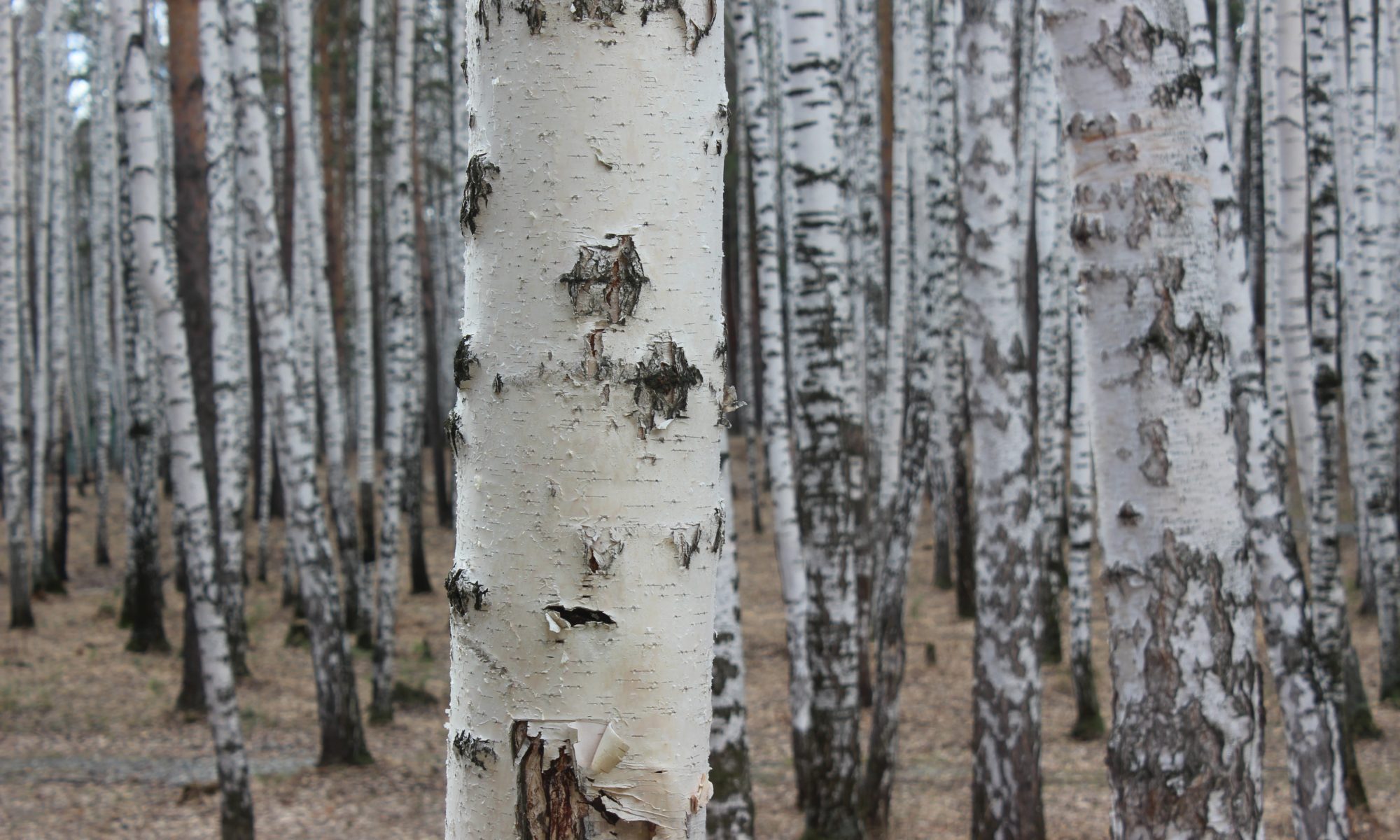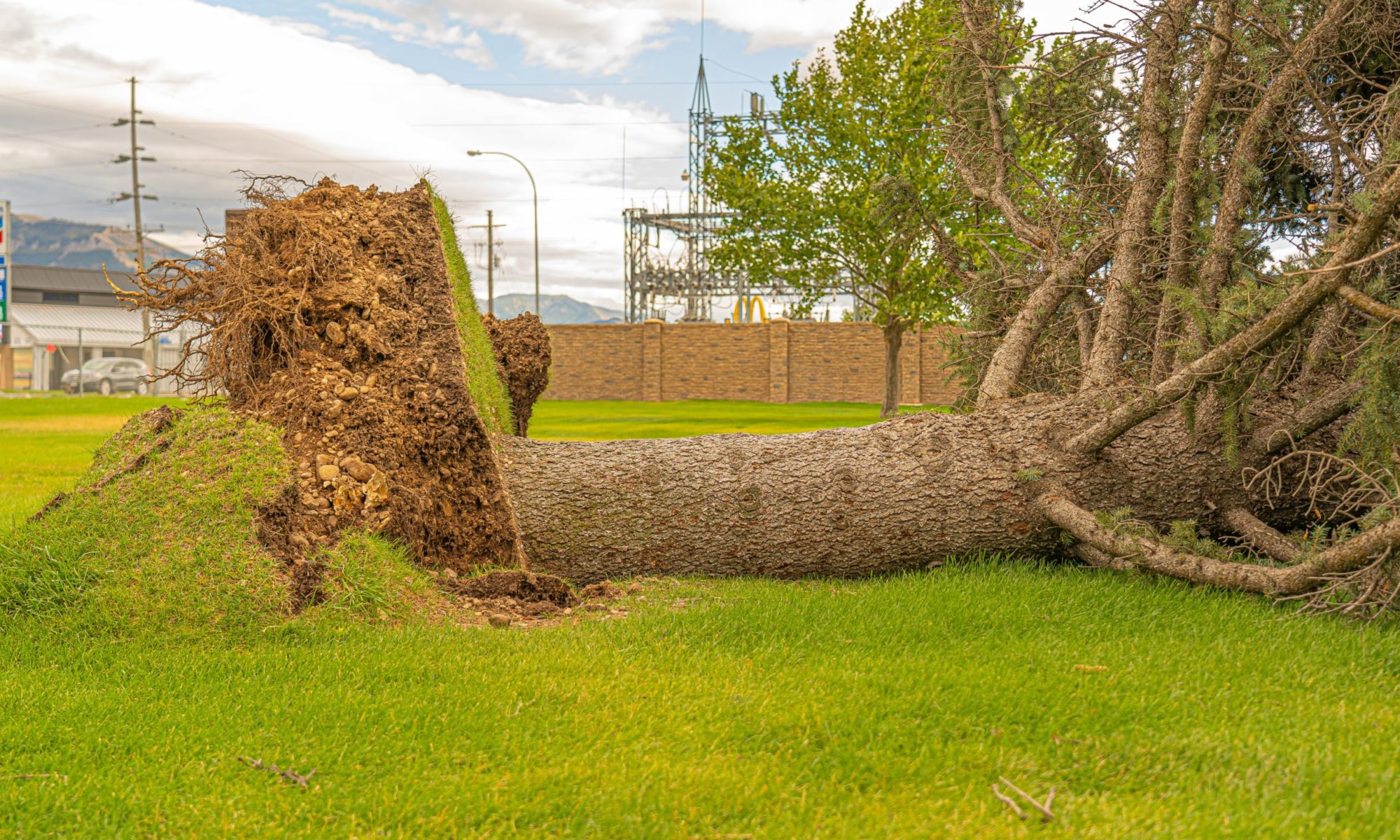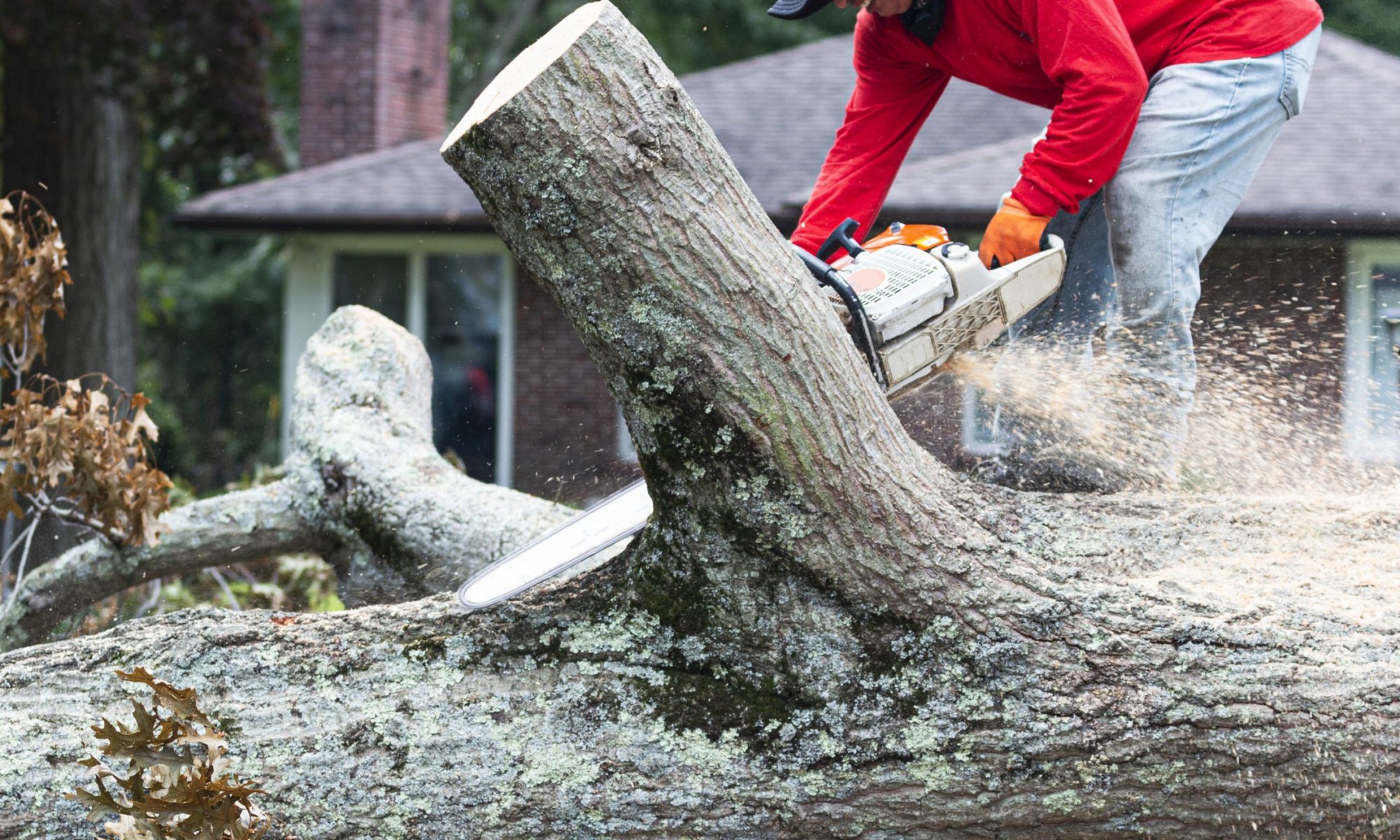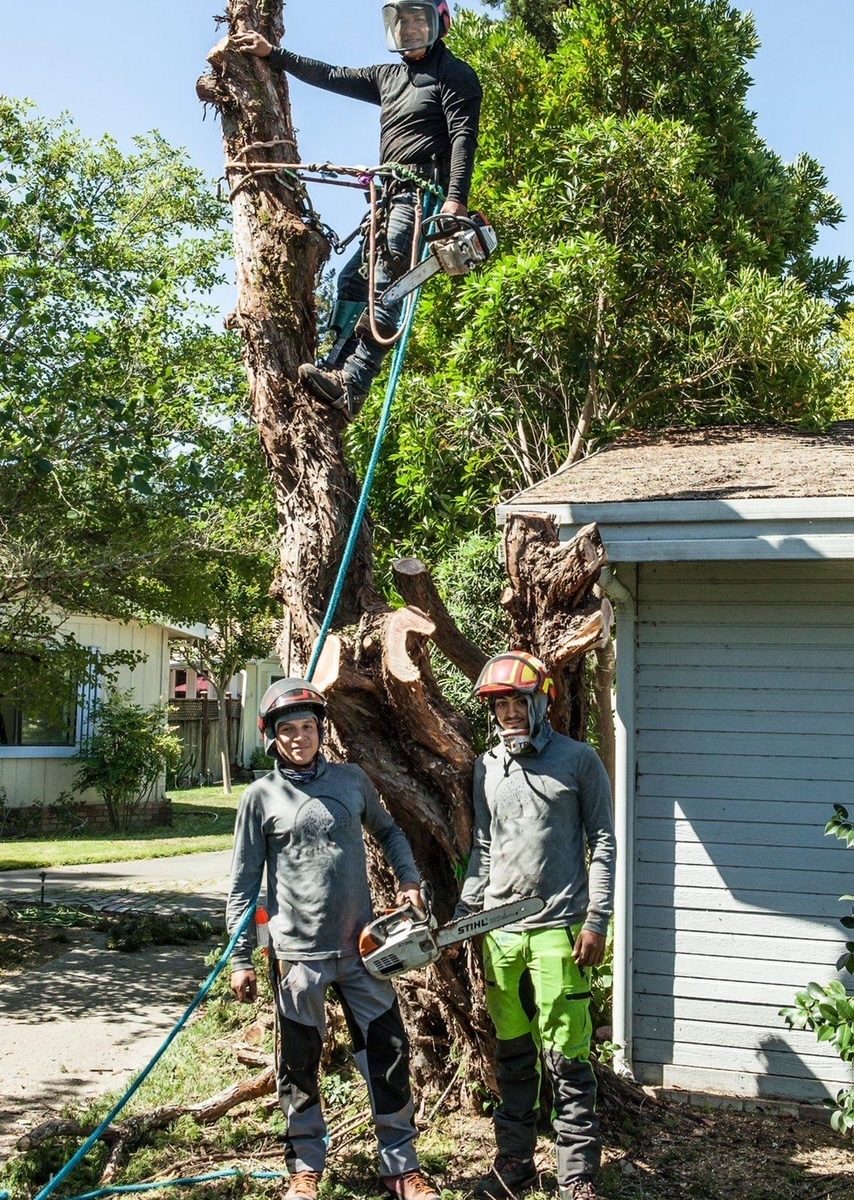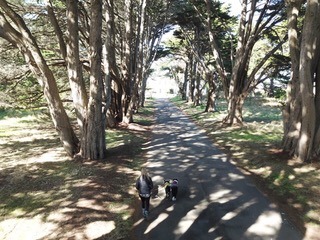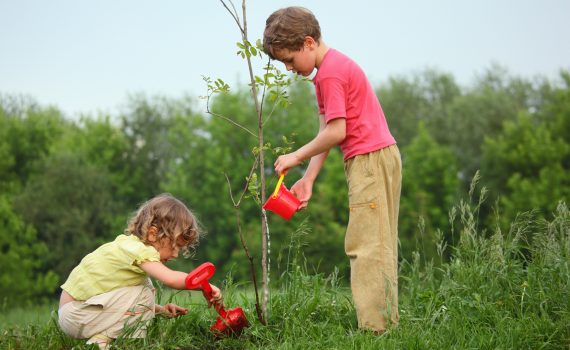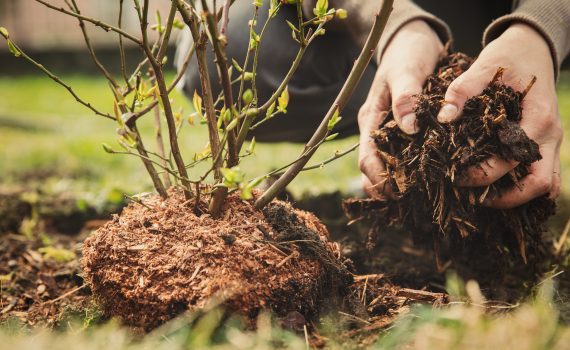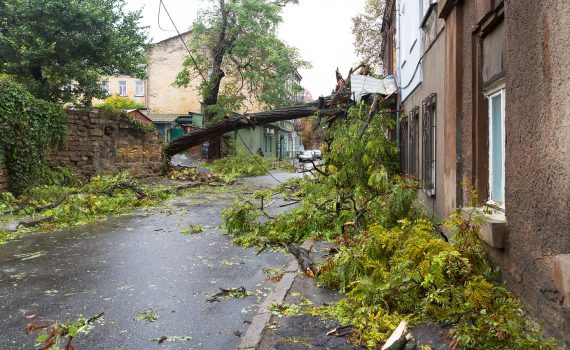Lichen, comprised of green algae and fungus, can be found in even the most inhospitable corners of the Earth. But should you be concerned if you notice lichen on trees in your yard? In this article, we’ll answer all of your questions about this weird and wonderful organism.
What is Lichen?
Most people think of lichen as a plant when in reality it’s the result of algae and fungus working together in a symbiotic relationship. The fungus provides the body in which the algae can live, protecting it from damaging conditions such as UV radiation and drought, while the algae provide food for the fungus through carbon dioxide, water, and sunlight.
Despite its unassuming appearance, lichen plays an important role in the ecosystem. The slow-growing organism is an important food source for animals like slugs, reindeer, and caribou. Lichen also provides shelter for small animals and helps to prevent soil erosion.
With over 13,000 species, lichen can be found in a variety of colors and shapes, from neon green to crusty black to deep orange. The organism is commonly seen on surfaces like rocks, trees, soil, and shrubs.
Lichen on Trees: Should I Be Concerned?
Contrary to popular belief, lichen is not harmful to trees. Lichen tends to be found on trees already in a state of decline and is rarely found on young, healthy trees. Furthermore, because this organism isn’t a plant, it doesn’t make roots that can penetrate the tree bark. It will simply sit on the surface of the tree.
The good news is that lichen isn’t causing the decline of your tree, but is merely a symptom of an underlying issue.
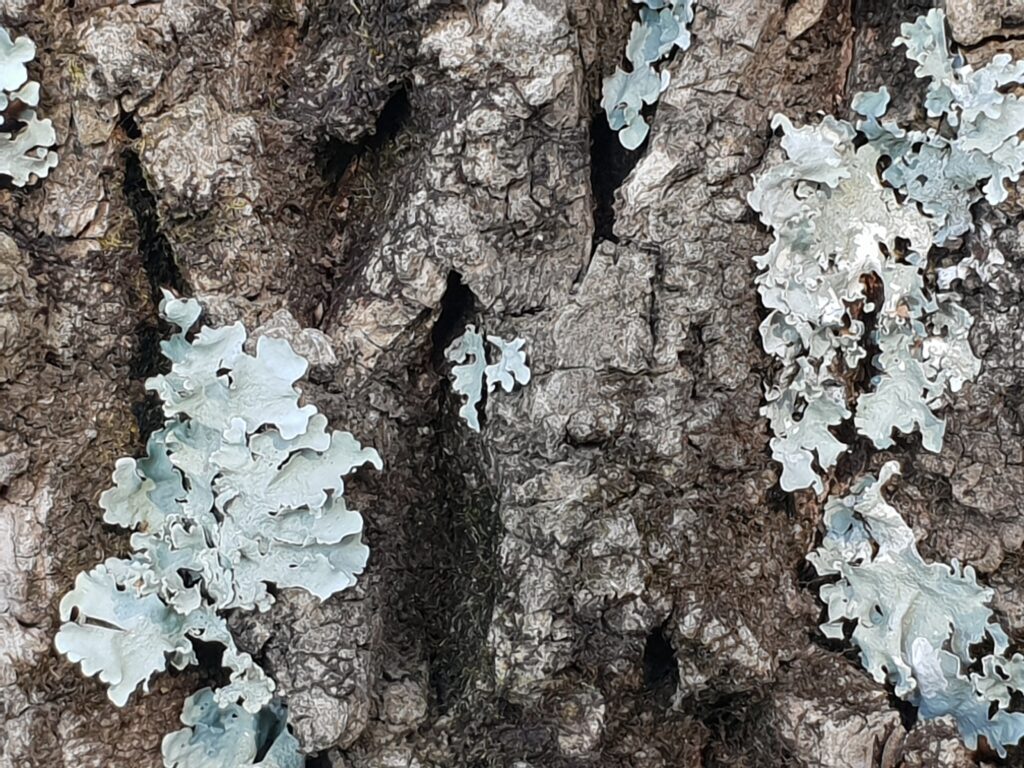
What Causes Lichen to Grow on Trees?
Lichen prefers sunlight and moisture, so you’re likely to find it in sunny spots that have been exposed to rain. If your tree has recently lost leaves or a branch, this creates favorable conditions for lichen growth.
Should I Remove Lichen From Trees?
Lichen isn’t harmful to trees, so there is no reason to get rid of it.
Removing lichen can actually damage the tree’s bark, opening the perfect entry point for pests and disease.
If you’re concerned about the appearance of lichen on your tree, simply prune away the most densely-covered branches.
The Benefits of Lichen
Lichen actually offers several benefits to homeowners and the ecosystem.
As we mentioned before, lichen is an important food source for animals. The slow-growing organism can also help to prevent soil erosion.
Some types of lichen can be used to make a natural dye, while others are used in traditional medicine.
Furthermore, since lichen consumes carbon dioxide as a primary food source, it plays a role in lowering air pollution.
Warning Signs of a Declining Tree
While lichen isn’t harmful to trees, it can be a warning sign of a declining tree. If you notice lichen on your tree, pay close attention to the overall health of the tree.
Some common signs of a declining tree include:
- Sudden loss of leaves
- Branches falling off
- More discolored leaves than healthy leaves
- Deep cracks in the tree’s bark or trunk
- An abundance of critters (they prefer weakened, dead, or dying hosts)
- Mushrooms or other fungi growing at the base of the tree
- Leaning or odd growth patterns
If you notice any of these warning signs, contact a certified arborist for an assessment.
Preventing Lichen Growth on Trees
The best way to prevent lichen on trees is to ensure that your trees are healthy and strong.
Here are a few tips:
- Water your trees regularly, especially during periods of drought.
- Prune away dead or dying branches.
- Add mulch around the base of the tree to help retain moisture.
- Avoid wounding the tree bark with lawnmowers or string trimmers.
- Inspect your trees regularly for signs of stress or decline.
By following these simple tips, you can help prevent lichen growth on your trees.
Contact a Certified Arborist
At Sexy Trees, our wide range of services and care will keep your trees healthy and beautiful for decades to come. We believe in supporting our communities of trees through evidence-based techniques that you can depend on.
Give us a call at 925-233-6877 for an estimate, or email us at [email protected] anytime with questions!
 Bringing Sexy Back Into Your Yards
Bringing Sexy Back Into Your Yards 
